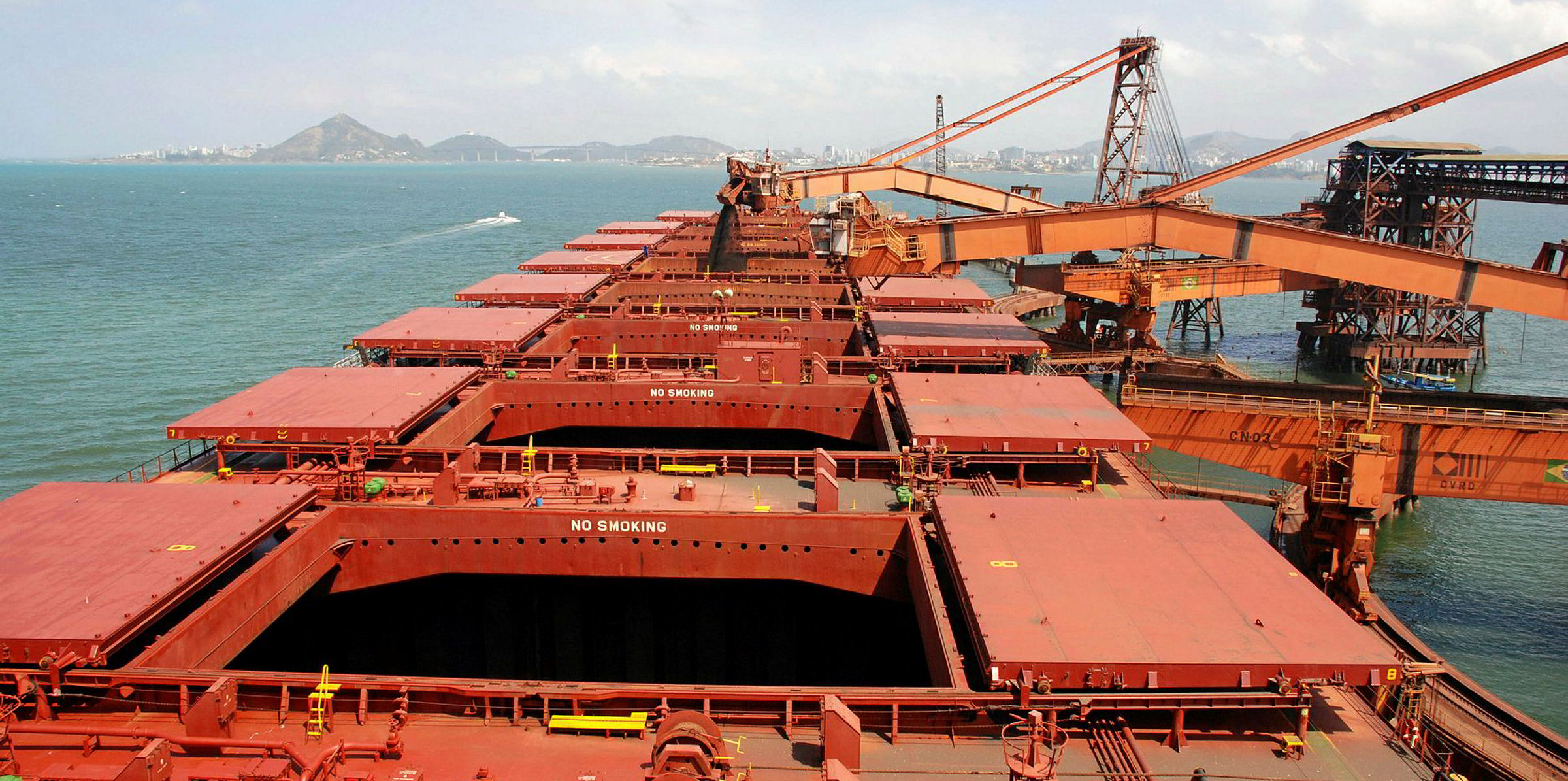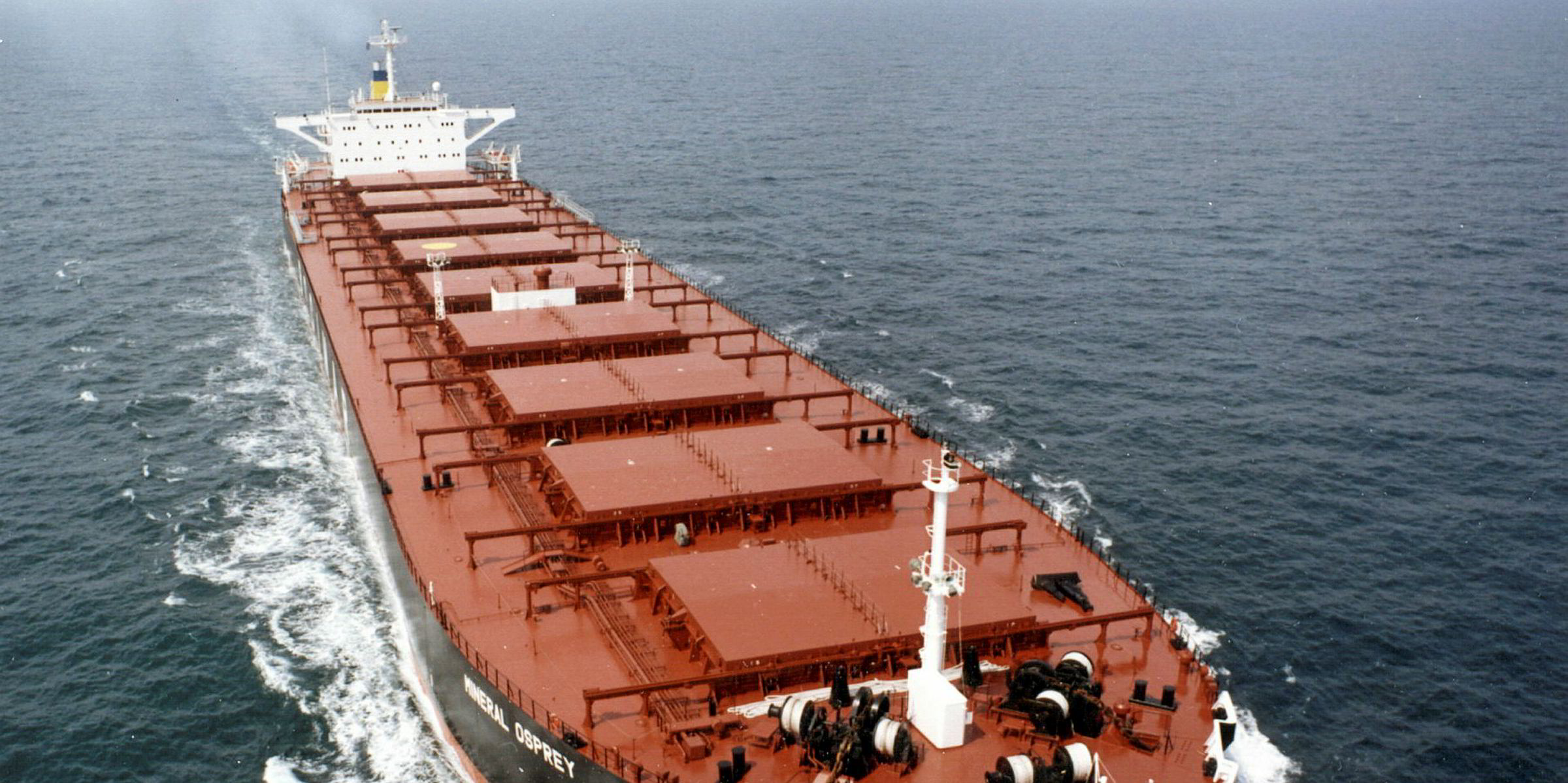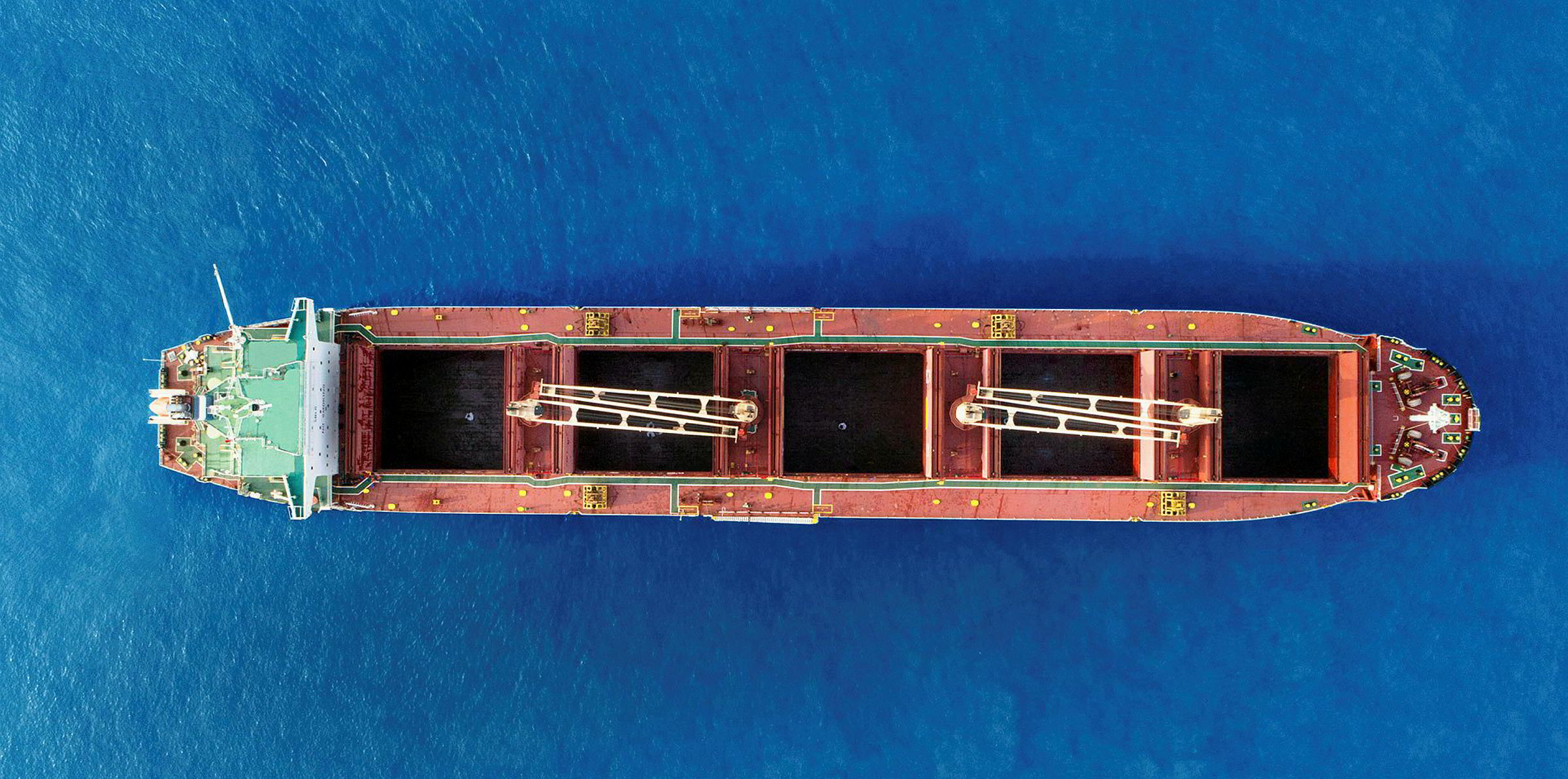Capesize rates continued their upward trend on Thursday, taking a nice bunny hop before the long Easter weekend.
The Baltic Exchange Capesize Index's weighted timecharter equivalent TCE) average across seven routes gained 12.6% from Wednesday to $6,762 per day. The index also went up 116 points to 541.
"Capesize moved higher across the board today, following yesterday’s improvement in the Atlantic, especially seeing higher levels on front-haul fixtures," Clarksons Platou Securities managing director of research Frode Morkedal wrote in a client note.
"Average earnings came in at $6,800/day, with the paper market continuing to push higher this morning as 2Q20 contracts have improved to $10,200/day."
Sentiment received a lift from a few Atlantic fixtures, including 203,226-dwt Stamatis (built 2004) being possibly fixed at $11 per metric tonne for a trip from Brazil to China.
The TCE rate for capes along the benchmark Brazil-China route improved $704 to $7,918 per day, according to the index.
"Panamaxes also pushed up today as the positive capesize sentiment filtered down as well as news of more coal cargo in Australia, our brokers report," Morkedal wrote.
The Panamax TCE rate bumped up $71 to $7,315 per day, while the Panamax Index lifted 8 points to 813.
The good, the bad and the bulky
Morkedal said the dry bulk sector seems to be in better shape than during the 2014-2015 downturn, but owners will burn lots of cash in 2020 amid prevailing timecharter and FFA rates.
"Again those companies with scrubbers, while carrying a higher return hurdle, are likely to see a benefit, but overall the outlook suggests management teams are faced with declining cash positions," he wrote.
"We note that the sector appears to be in a much healthier state than seen during the 2014-2015 period, with healthier balance sheets, improved cash positions, more eco-design vessels, scrubber investments and time charter cover allowing companies to manage the current storm more easily."






